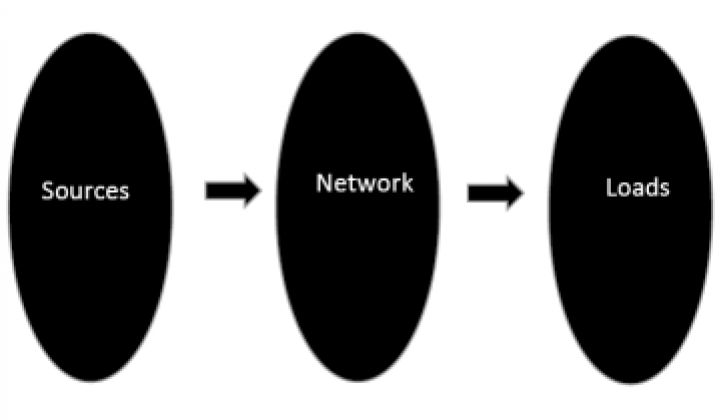“I’ve been asked,” said Orla Feely, a Professor of Electronic and Electrical Engineering at University College Dublin (UCD), “to take a look at energy research and see what we need to be doing strategically.”
UCD is Ireland’s largest university; its energy research programs have won “various esteem indicators” and competitive funding in recent years and have spawned an array of New Energy economy startups. “What we want to do now is turn that into something that is bigger than the sum of the parts,” Feely said.
Looking into what’s going on at UCD, Professor Feely found successful research and development programs ranging from the smart grid and cyber security, to generation sources (solar, biofuel oil and gas, wave power), to “clean” coal, to architectural and IT investigations into the use of sensors and sensor webs to advance energy efficiency in buildings. “We have a lot of disparate energy groups, all of which have achieved considerable research and recognition,” Feely said. But now there is something new, “a lot of convergence.”
The work on the sensors, the work on the grid, the work on efficient building architecture are coming together. “Smart grid,” Feely said, “is the umbrella under which all of these activities naturally come together.” Feeley described the convergence she is seeing as a “breakpoint” in research.
“As the grid extends into the home in all sorts of intimate ways,” Feely said, “the power systems guys need to talk to the ICT guys, and the ICT guys can’t do all their processing stuff independent of knowledge of the grid.” The convergence, she said, is producing a “structure that will enable us to bring groups together” because “we have all the component pieces” and “what we want to do is take it to the next level of integration.”
There is, Feely said, “an awful lot of interest internationally in what Ireland is doing in this space.”
“I suppose our industrial revolution came in the 1980s, and it was an ICT-based industrial revolution,” Feely said. “In the middle part of the nineteenth century, when other countries were having the classical industrial revolution, we were having famines.”
The result is Ireland’s present way of responding to things. “Our industrial generation came based in the 1980s in an era where things moved faster and there were new modes of operation and a new speed of response, and I think that stands us in very good stead in many problems that we now seem to confront.”
Feely pointed at maps of Ireland’s world-leading wind and wave energy resources and at charts of statistics showing Ireland is already getting an average of seventeen percent of its electricity from wind on the grid. On one very windy night this past April, she pointed out, “wind was 42 percent of the power on our grid.” There are people, she said, “who will argue that it is not possible to operate a grid in a stable fashion with even twenty percent. We are showing on a daily basis that this IS possible.” The current progress is, she said, “spectacular by international standards.”
It is a performance impressive enough, Feely said, to have brought representatives of the U.S. Department of Energy (DOE) over to see how Ireland is doing it.
“We are an island grid with a very small level of interconnection,” Feely explained. The bad news is this means Ireland is going to have to solve its own problems. The good news is that by solving these problems before larger grids see them, Ireland will have solutions when bigger, richer countries need them. That knowledge will be power in a warming world urgently pursuing the capability to use more renewable energy.
“There is a particular flexibility and agility here that is just not possible in larger systems,” Feely said. As Ireland learns what combinations of capabilities are necessary to enhance grid flexibility and agility, it can teach other countries what is needed to make renewable energy a bigger part of their power mix. “If they’re going to integrate larger quantities of renewables,” she said, they will need to be meeting the problems that we’re meeting now -- and we will have solutions for them.”
Feely pointed out that the Irish may bring a unique cultural talent to finding solutions. “Many of our traditional skills are very well attuned to the new industrial landscape,” she said. The Irish love of literary creativity has transformed, she said, to “creativity in software, a different expression maybe of that same creativity.”
Solutions begin with seeing the complete picture. To maximize and prove its solutions, Feely said, UCD’s research and development community wants five million euros to put together a structure to collaborate on demonstration projects and the deployment of the technologies that prove themselves.
In addition to researchers from every part of the academic spectrum from energy and transmission to economics and behavioral sciences, the collaboration will include government bodies, international research and standards bodies, transmission and distribution system operators, the ICT sector and the energy management sector and their suppliers, and ocean energy and other power generators and their suppliers.
“At every end of this chain,” Feely said, “we have activity that is starting to coalesce and starting to converge to give us something quite important.”



